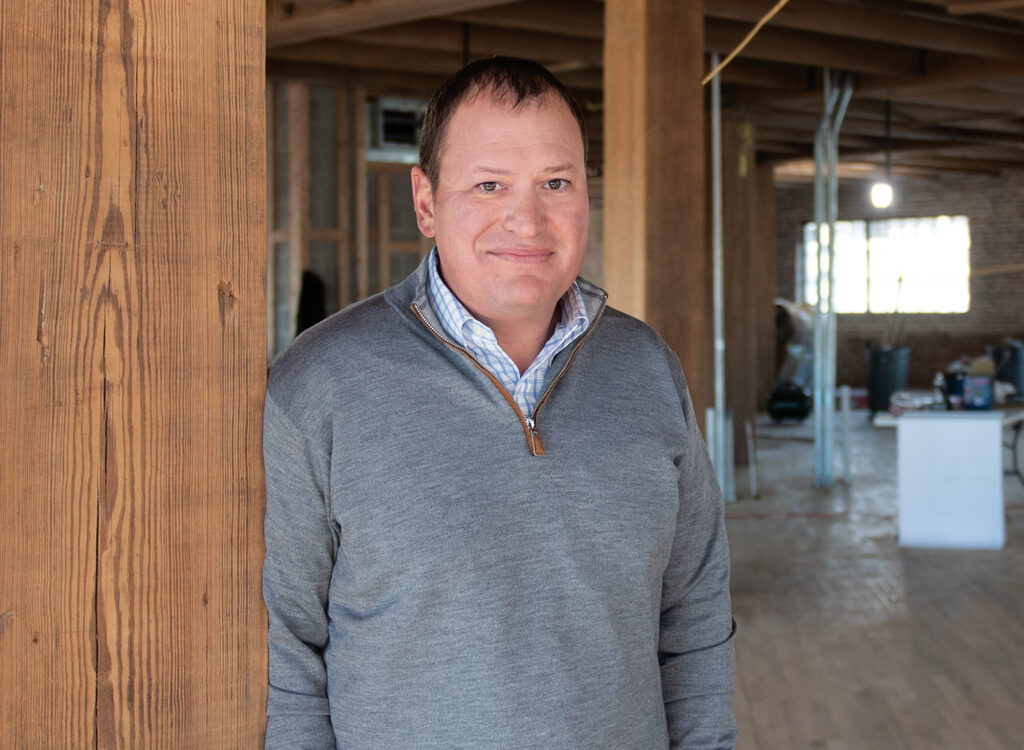Interest rates, labor market among concerns of local architects
Still, optimism exists about 2024 and opportunities to 'rethink' existing spaces

Kathy A. Bolten Oct 18, 2023 | 8:41 am
4 min read time
847 wordsAll Latest News, Real Estate and DevelopmentA recent AIA/Deltek Architecture Billings Index showed that business conditions are softening at the nation’s architect firms and that there is a dwindling amount of work in the pipeline. Specifically, there has been 11 consecutive months of flat billings nationwide. In the Midwest region, which includes Iowa, the August score was 48.1. (Any score below 50 indicates decreasing business conditions.) A year ago, the Midwest region’s score was above 50.
The Business Record reached out to architects at four firms and asked them to share their thoughts on current business conditions and the outlook for the first half of 2024. We also asked them to share the biggest challenges facing Iowa architect firms and what they are optimistic about. Below are their responses.
Russell Bitterman, managing partner, ID8 Architecture
“ID8 is a smaller architectural firm that mainly works in the private business. We do not currently have any government or public entity projects.

“We have seen the market conditions soften since the beginning of 2023. I think the specific main contributor has been rising interest rates and concerns about the economy, in general. Added on top of the struggles with the labor market, increased building costs and continuing supply chain issues has made for a pretty strong headwind for developers and businesses. It appears that government spending programs has directly helped maintain the activity on public construction projects more than the private sector.
“The tight labor market, supply chain and inflation continues to dampen the improvement in the economy. It seems that businesses are pausing discretionary improvements or new construction until everything has a chance to adjust and balance out. When the business environment improves or businesses adjust to the new conditions, there may be a strong backlog of new projects.”
Jeff Blosser, director of architecture, Shyft

“We’ve seen large, corporate interior projects of the pre-pandemic years slow down. Development projects are also slower to start due to rising interest rates and the higher cost of capital. With increased remote options, building owners are looking for new ways to reuse commercial property, so we’ve assisted building owners in re-imagining their spaces. We anticipate that work will continue, as well as guiding smaller organizations during moves to spaces not available pre-pandemic.
“[Challenges include] finding the right staff during a strong job market. There seems to be a shortage of architects with mid-level experience.
“Interest rates [are another challenge]. Projects may not make sense financially, and eventually [may be] paused or canceled. Helping owners with alternatives to offset interest rates is an ongoing focus for our design and construction teams.
“We are optimistic about the future of commercial real estate. There are a lot of opportunities to rethink space and delivery methods.”
Karl Chambers, president, Imprint Architects

“I would rate our current business as strong to extremely strong, with a very good outlook for 2024. A lot of our work is in the sports, entertainment and hospitality market where, based on booked work and current outstanding proposals, we are anticipating a 30% increase in billings over the next six to 12 months. We have seen a slowdown in the large- to mid-sized retail projects but we still see demand in smaller ‘boutique’ styled retail establishments centered around experiential shopping. The custom and luxury residential markets have also taken a small hit with the current interest rate market.
“The biggest challenge I see is in the current labor market. A strong construction and development economy has put a high demand on qualified and experienced architects. This, combined with increasing wages due to runaway inflation, has led to rampant poaching of employees through recruiters and headhunters with offers of wage increases that will not be sustainable once the market takes even a small turn for the worse. I see the disparity between direct wages compared to billable rates continuing to grow until the construction market slows down.
“I’m optimistic about the future and my belief in the human spirit to overcome adversity, especially in Iowa.”
Becky Hansel, partner, Invision Architecture
“Over the past decade, we have experienced significant and sustained growth, and while we expect this growth to persist, it will likely be at a more moderate rate into the first half of 2024. Our backlog is strong, and our current planning work under contract will drive utilization in 2024 and beyond. We acknowledge industry challenges but remain resilient, with a proactive approach to market diversification where health care and education provide stability for our business.

“Two major challenges for Iowa architect firms include market uncertainty and talent shortages. Economic factors like interest rates, financing limitations, inflation and supply chain issues are impacting project viability with a higher risk that projects could be put on hold. Additionally, the growing demand for architects competes with a shortage of top-tier talent, complicating efforts to maintain consistent growth.
“I’m optimistic about the architectural profession’s drive to find innovative solutions for pressing issues like climate change, health and social equity. Despite a history of slow change, there’s a newfound openness to quickly enact purposeful change in practice and the built environment, which could be truly transformational.”

Kathy A. Bolten
Kathy A. Bolten is a senior staff writer at Business Record. She covers real estate and development, workforce development, education, banking and finance, and housing.








